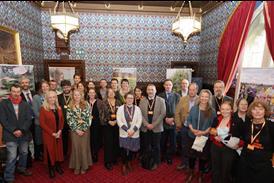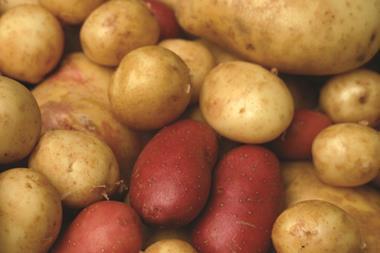The Department of Health has admitted plans for a crackdown on sugar consumption and a massive increase in the nation’s fibre intake are so divorced from reality that translating them into new guidance on diets could cause consumers to ignore it altogether.
Analysis by Public Health England has revealed just 1% of the population have diets that would hit the Scientific Advisory Committee on Nutrition (SACN) recommendations on carbohydrates.
The DH studied the diets of more than 1,600 consumers in the National Diet and Nutrition Survey (NDNS) and found only 20 (or 1.25%) of those who took part would pass all the recommended nutrient intakes.
SACN caused shockwaves in June when it unveiled its proposals, including a 50% reduction in the recommended daily intake of sugar equating to five teaspoons (25g) a day for women and up to seven teaspoons (35g) for men. The equivalent of one can of fizzy drink could see people hit the limit.
SACN also proposed a 20% hike in fibre intake for adults.
A report by PHE found the only people hitting targets had diets unusually high in fruit and vegetable intake, while also consuming well below-average levels of low-calorie soft drinks, Bacon and ham, biscuits, chips, fried roast potatoes and other potato products.
To achieve SACN’s recommendations consumers would have to have extremely low intake of products including white bread, sugar preserves, sweet spreads, savoury sauces, pickles, gravies & condiments and processed red meat.
The report admitted there was a danger that if the DH was to change guidance such as the Eatwell Plate to reflect the sort of food which would help people meet the new recommendations, it could end up backfiring completely.
“The small number of individuals within this sub-sample provides a difficult basis for setting food choices across the population, with choices unlikely to reflect those within the wider population and may be too far removed from the average diet to be acceptable to wider population groups, which may result in rejection of a visual image solely based on this analysis,” it said.
The DH and industry experts began talks this week on how health advice could be made realistic, with some predicting it could take many years to even get close to the targets, if they were met at all.
“This is going to be a huge challenge,” said one source involved in the talks. “The fact PHE found only 20 people had diets that meet the targets means it will be pretty much impossible for the average consumer.”
“We are talking not just about huge reductions in sugar but of massive increases in the amount of fibre in diets,” added another leading expert. “The average man would have to increase their fibre intake by 50% and women by 75%. If the hurdle is too high it’s just not going to be feasible for some people to even start the journey because they will see it as too high to jump.”
“For only 20 people to be meeting these guidelines is very low and it is also worth noting that as the NDNS is self-reported data there is also a risk of misreporting that needs to be taken into account - the true picture could actually be lower,” added Dr Glenys Jones, nutritionist at Sugar Nutrition UK.
“I think PHE make a very valid comment that with such a small number this diet is unlikely to resonate with the general public, and therefore agree that adopting a recommendation based on the diet of so few would risk people disengaging with the healthy eating messages. At the end of the day people are humans not machines.”
Sign in to comment on this article
Not logged in before? Register for FREE guest access today.
You will be able to:
- Read more stories
- Receive daily newsletters
- Comment on stories
Advert



















No comments yet